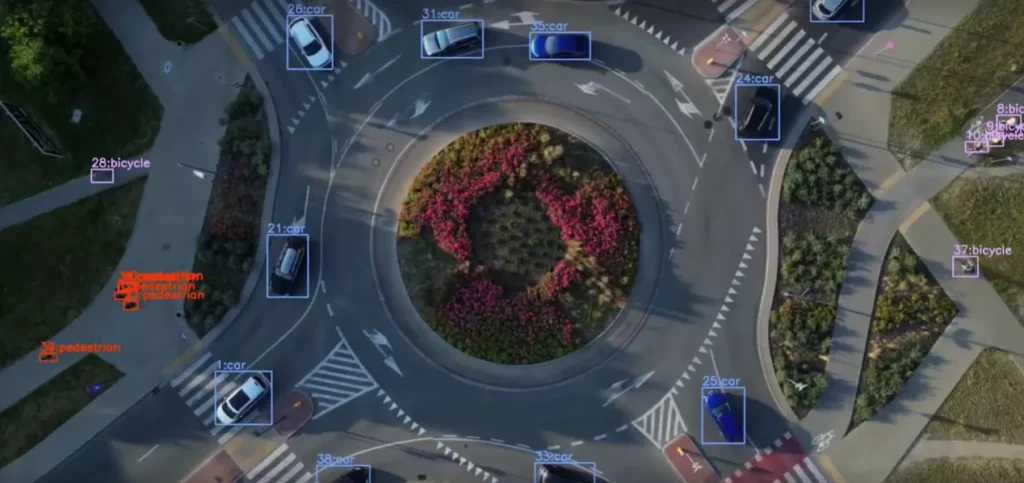
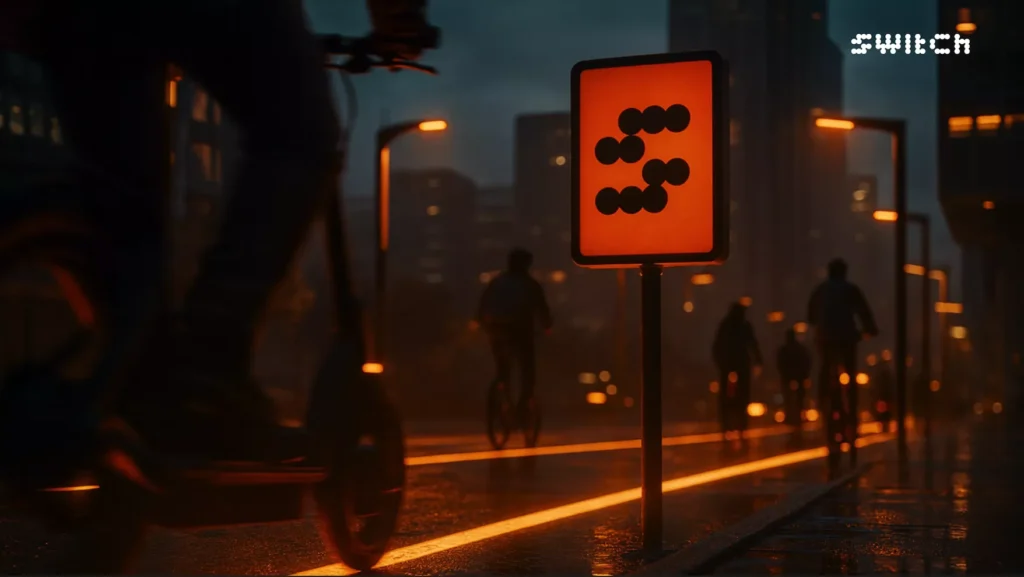
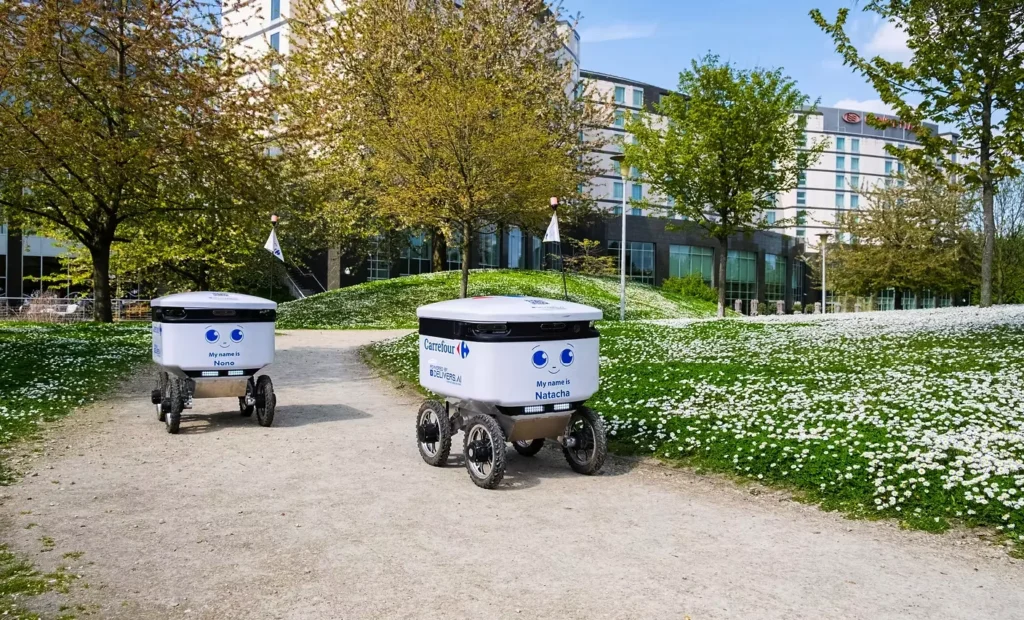
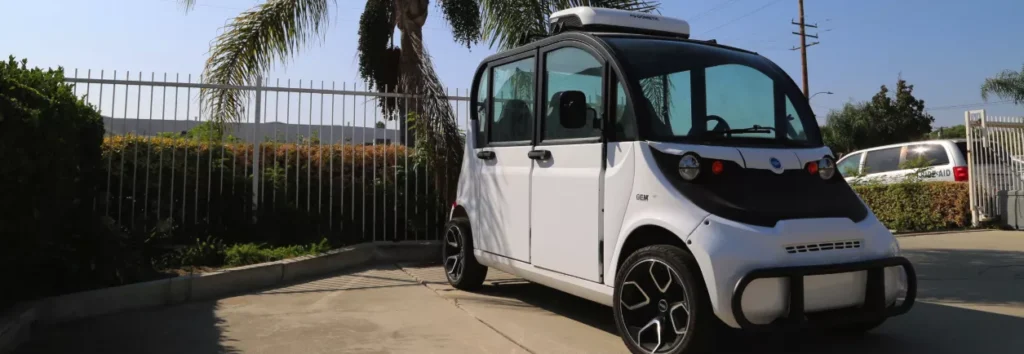
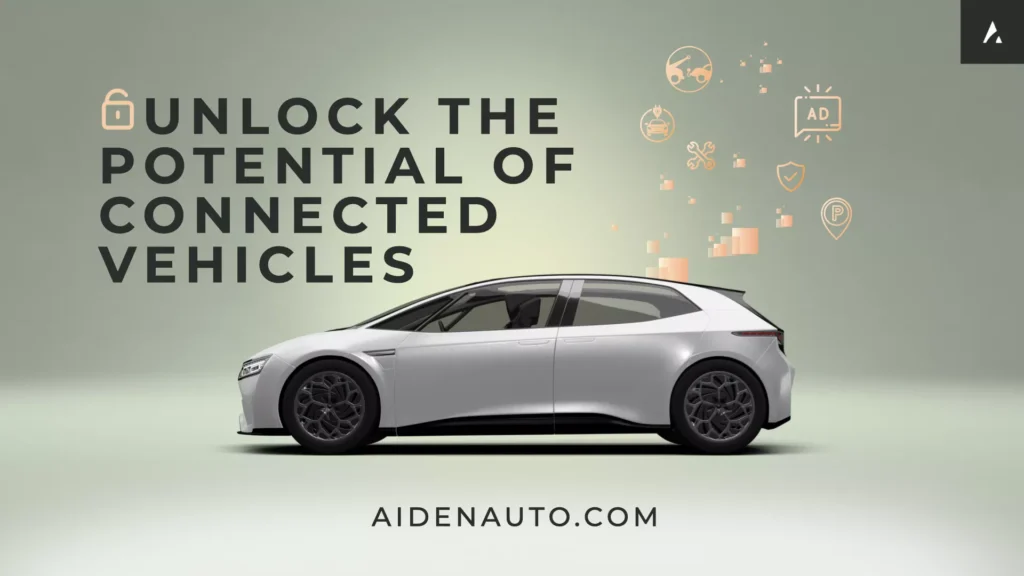






From EVs and batteries to autonomous vehicles and urban transport, we cover what actually matters. Delivered to your inbox weekly.

CATL’s new sodium-ion battery has become the first in the world to pass China’s updated GB 38031-2025 safety standard, clearing a major hurdle ahead of mass production in December 2025. Branded as Naxtra, the battery tackles two of the industry’s toughest technical challenges:
Safety is front and center in the revised GB 38031-2025 standard, with a focus on thermal stability and failure prevention. Naxtra’s certification is a milestone for sodium-ion chemistry, which has consistently trailed lithium-ion in both energy density and commercial viability.
With an energy density of 175 Wh/kg, Naxtra matches current lithium iron phosphate (LFP) specs while exhibiting stronger resistance to overheating, a known lithium-ion risk factor.
Sodium’s appeal lies in its abundance and supply chain flexibility. Unlike lithium, which is heavily concentrated in select countries, sodium is globally distributed and far cheaper.
This positions sodium-ion cells as a compelling option for grid storage, budget EVs, and other use cases where cost and supply resilience matter more than top-tier energy density. But until now, safety and performance under extreme conditions have held the technology back.
Naxtra addresses those gaps. CATL says the battery retains 90% of its capacity at temperatures down to -40°C, a sharp improvement over lithium-ion cells, which suffer significant degradation in low temperatures.
It also supports 5C peak charging, fast enough for EVs with up to 500 km of range, and can handle more than 10,000 charging cycles, exceeding current EV battery standards.
Initial deployment will begin with Choco-swap, a Chinese EV platform optimized for battery swapping and short-range urban travel. It’s a strategic fit: sodium-ion’s lower cost and high cycle life offer clear advantages for fleet vehicles and applications where fast, frequent charging is expected. Choco-swap also provides a controlled entry point for real-world testing at scale.
The implications go beyond a single product launch. CATL’s move signals:
With GB 38031-2025 certification secured and large-scale production on the calendar, the focus now shifts to execution. If CATL delivers on quality and volume, sodium-ion could soon shift from lab pilot to mainstream platform, offering a new battery class that balances performance, cost, and scalability.